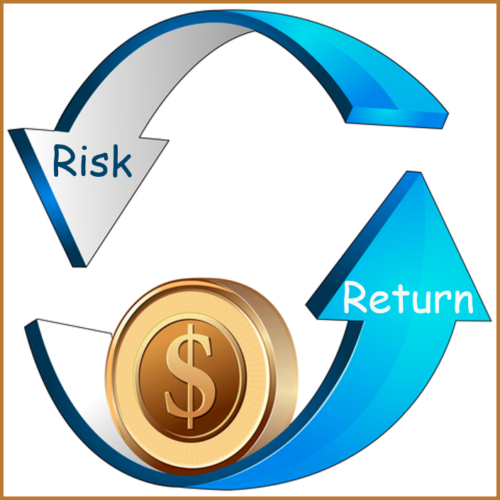
Integrating risk and return
Last week I moderated a panel on integrating risk and return at the Rimes User Conference in New York City. Rimes was celebrating their 20th anniversary, and did so in a grand fashion. Panel members were Sean Murray (Bisam), Steve O’Brien (Rimes) and Shankar Venkatraman (Citi). A brief summary of this discussion can be found here.
We began with a question about what we mean by integrating risk and return. It occurred to me that there are at least three dimensions to it, as we can integrate risk and return:
- systematically,
- organizationally, and
- formulatically.
I should point out that the CIPM® (Certificate in Investment Performance Measurement) program combines return and risk when they use the term “performance measurement.” Not sure how much this usage has caught on, though I support the concept.
Combining risk and return systematically
Firms often have separate systems for their return and risk processing. I believe the distinction here is where risk is being calculated primarily in an ex ante (i.e., forward looking) fashion. Most performance measurement systems have already combined returns and ex post (i.e., backward looking) risk.
What benefits might a firm derive from combining risk and return? Perhaps storing and/or accessing data can be done in a more efficient fashion. Also, the ability to report this information should be able to be done more effectively. I’m sure you can think of other benefits.
Combining risk and return organizationally
Many asset management firms, custodial banks, and asset owners have their risk and return groups separated. Might combining them provide the organization with benefits? What are the various ways this can be accomplished? Some firms have established a “Global Head of Performance & Risk,” and then below this person global heads for performance and global heads for risk. Typically, the individuals doing each are not the same, as their skill sets are often thought of as being different. You may have some thoughts on this; please share them.
Combining risk and return formulatically
I’m listening to a lecture series “The Secret Life of Words: English Words and Their Origins,” by University of Michigan professor, Anne Curzan, Ph.D. It’s a “Great Courses” program, which I recommend. In the lecture, she speaks of how new words are created. While I’m apparently not the first to use the term “formulatically,” as far as I know it is not yet an “official word,” though you no doubt can figure out what it means.
We’ve had risk-adjusted return measures since the mid 1960s, when first Jack Treynor and next William Sharpe, Ph.D. offered the first such metrics, both of which (along with several others) are in common use today.
I recently wrote an article on combining risk and return within performance attribution (“Risk-adjusted Performance Attribution: Why It Makes Sense and How to Do It”). You can obtain a complimentary copy by going here. I’m quite proud of the paper, as I think it offers a great new way to combine these measures to provide greater and more accurate insights into the sources of performance. Please feel free to let me know your thoughts.
Where do we go from here?
There are no doubt other ways we can combine risk and return. This is a subject that frequently comes up at our conferences and Forum / AORT meetings.
As we discussed last week, there are benefits and good reasons to combine these functions/approaches/technologies, but no doubt some risks, too. More discussion is no doubt warranted. Your thoughts, as always, are welcome.
